PRODUCTION AND CARBON FOOTPRINT

Our goal is to propose you accessories that are:
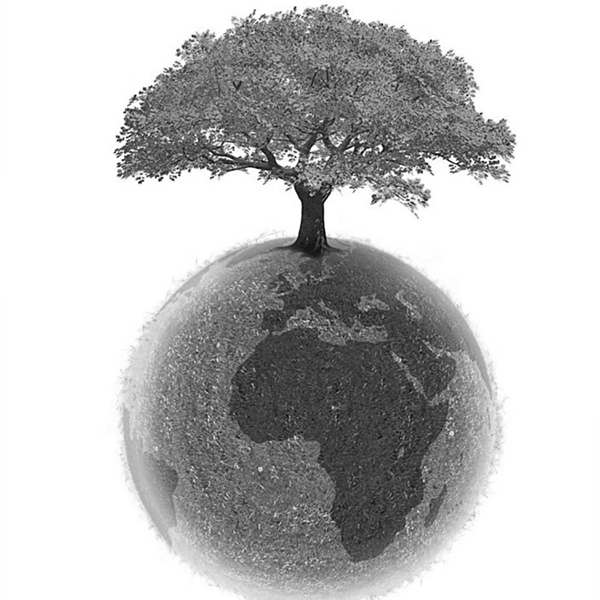
sustainable
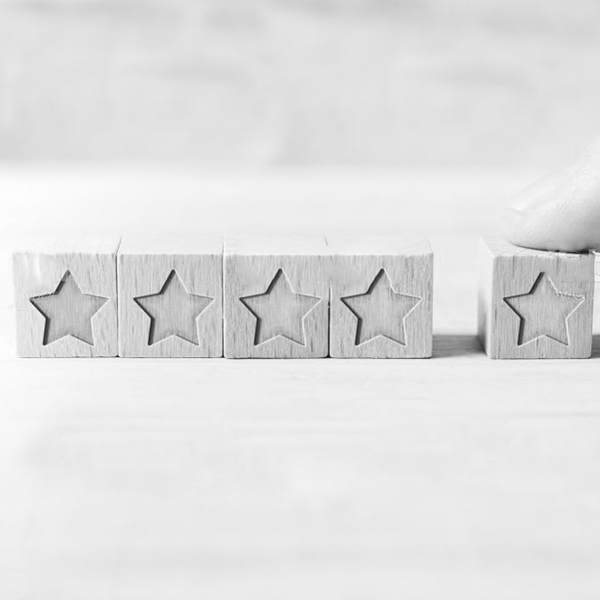
High-standard

Ethics
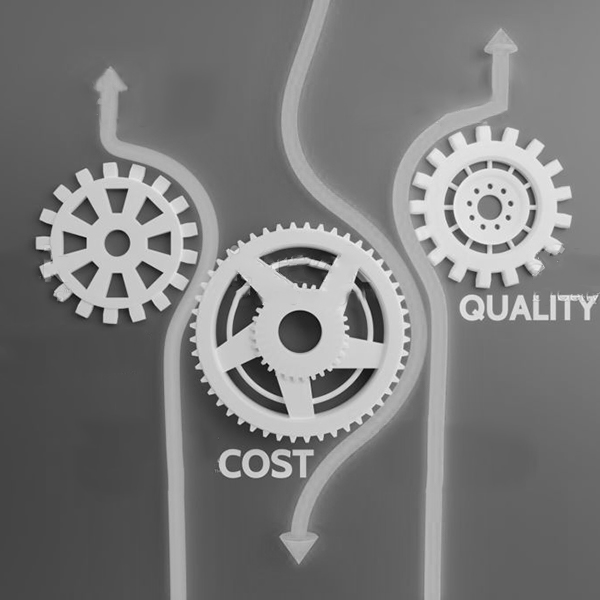
with a Good price / quality ratio
Preamble : But what is the MADE IN FRANCE ?
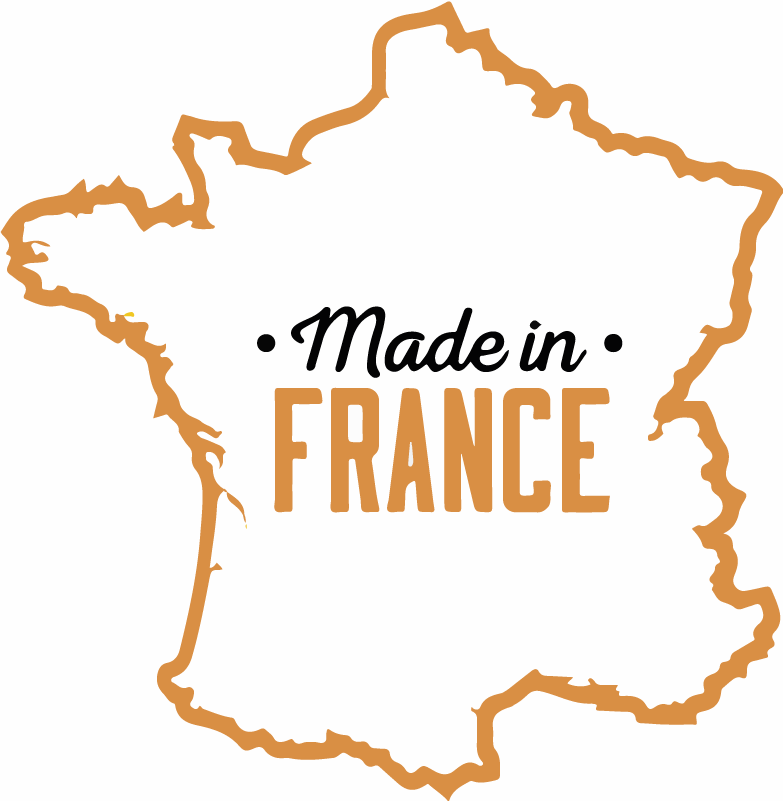
To be labeled MADE IN FRANCE, a product must take its essential characteristics in France and have at least 50% of its cost price acquired in France . This means that a bag which is assembled in France but whose raw materials come from abroad can be labeled "made in France".
1.a : Is Made in France Eco-friendly ?
Well not necessarily. While raw materials have traveled all around the world before landing in a garment workshop, the carbon footprint will not be as good as hoped. For example, cotton hardly grows in France and in Europe (1% of world production) It must therefore import, which inevitably impacts the total carbon footprint of the product.
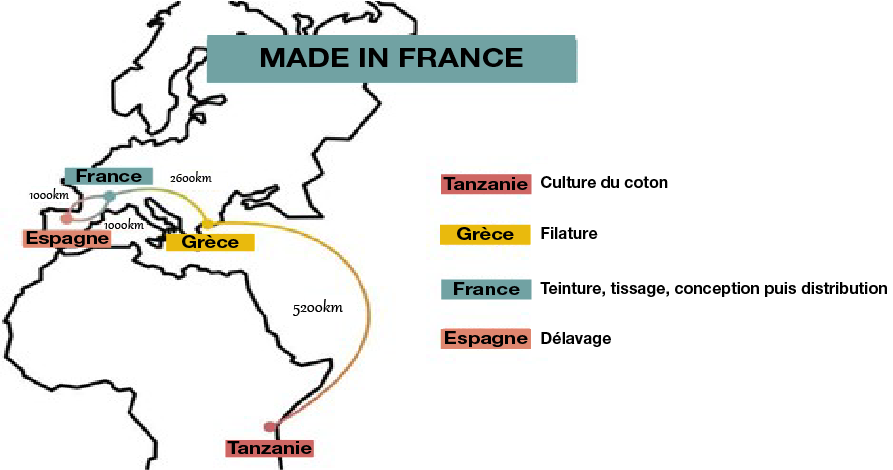
So, to be REALLY ecological, a product MADE IN FRANCE must be produced entirely LOCALLY !
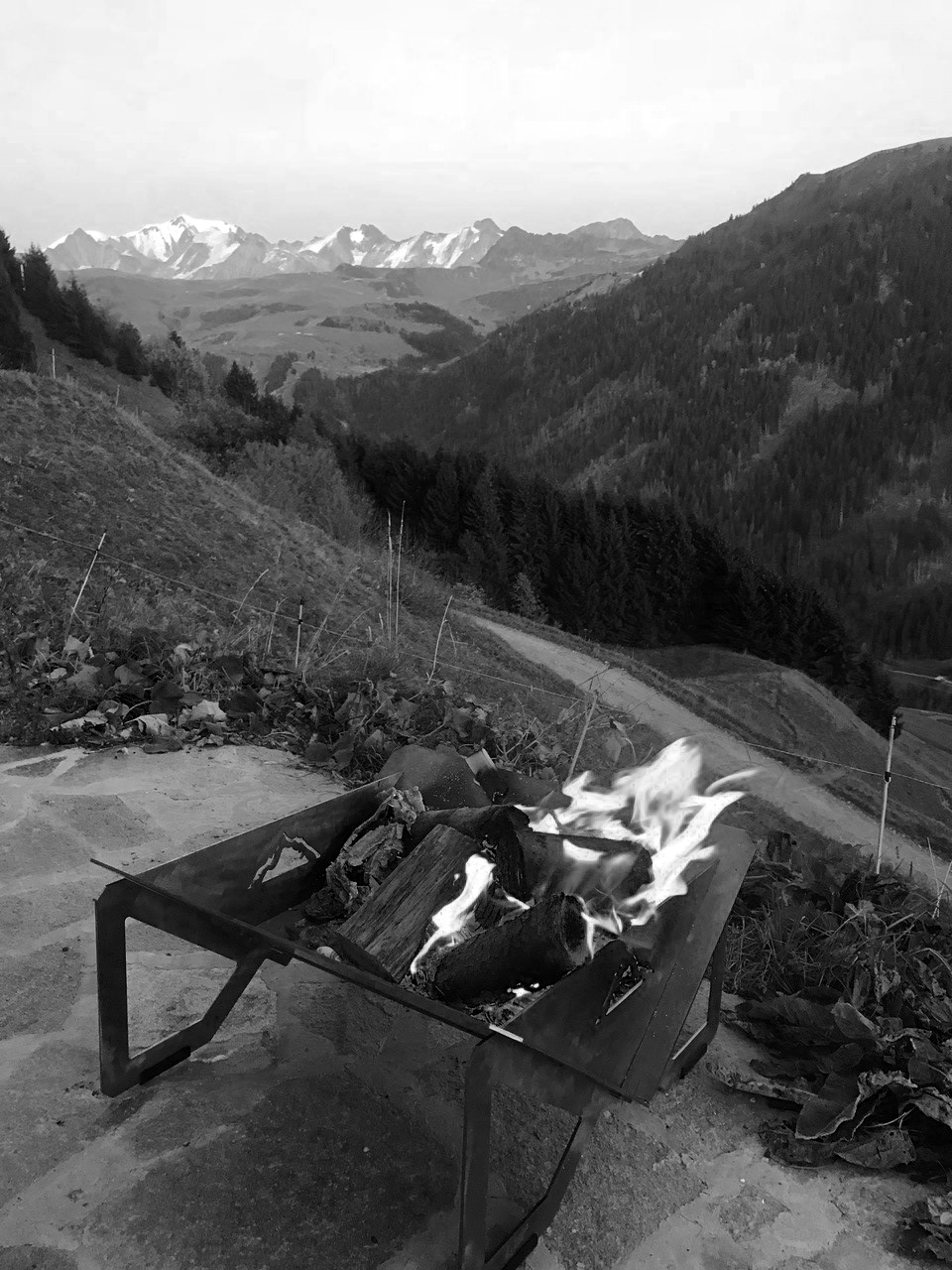
For the brazier, the steel comes from Dunkirk (North of France)
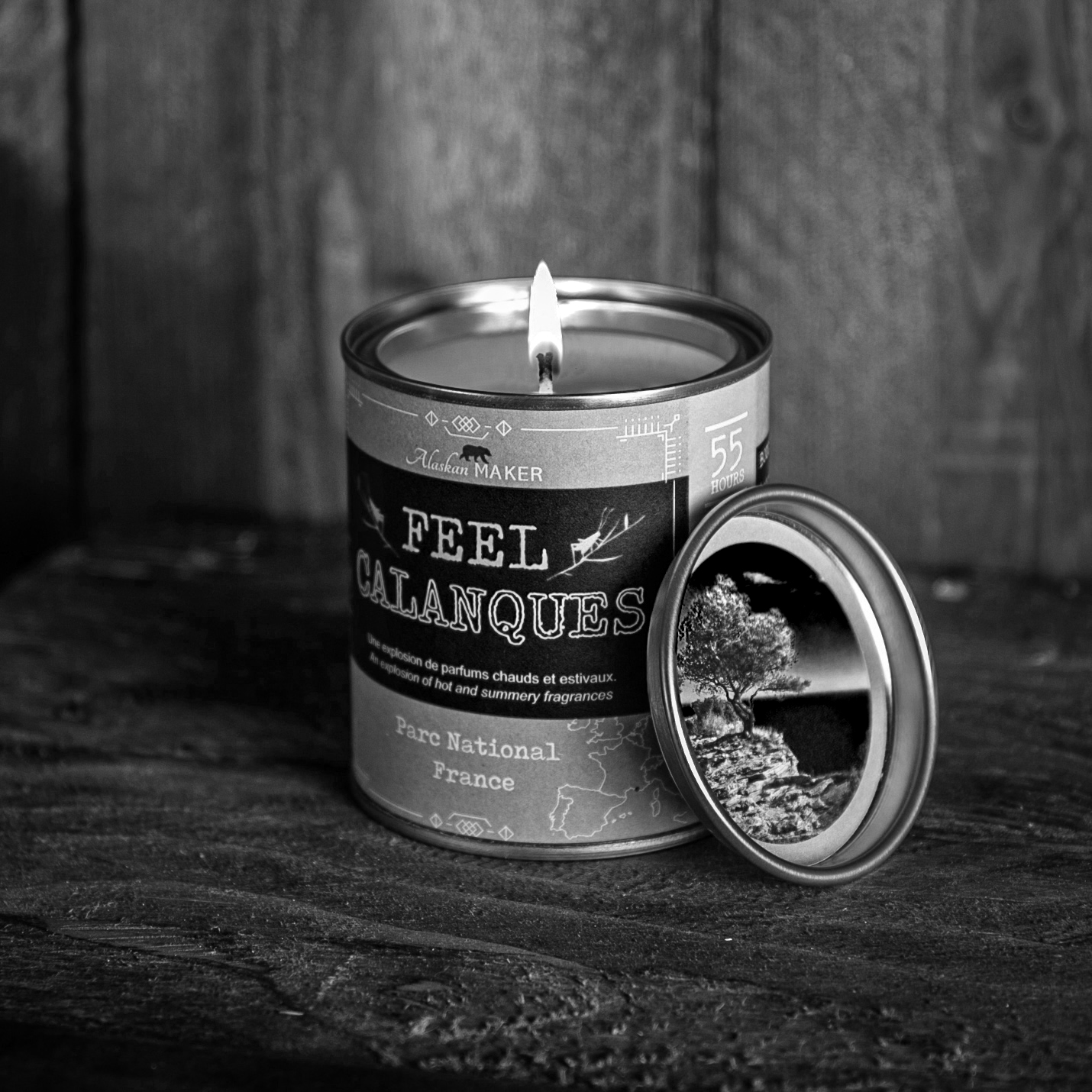
For candles, perfumes and waxes come from Grasse (South of France)
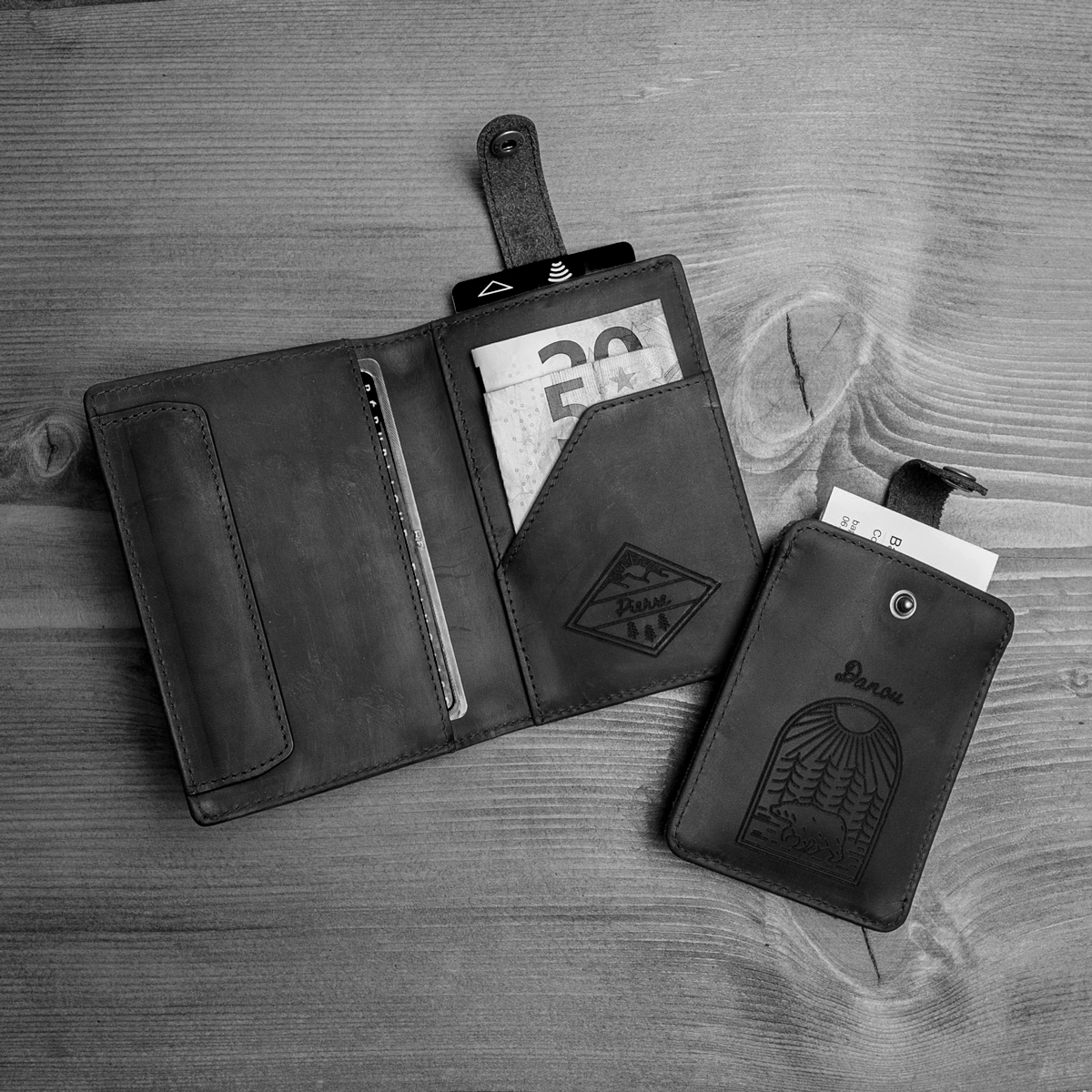
The personalisation of the aprons in embroidery and the laser engraving of the wallets and cases are carried out by our care. (59)
1.b Can we be ECO-RESPONSIBLE and produce in CHINA ?
YES , it is possible. It all depends on the origin of the materials because the transport of the finished product is not predominant in the CO2 emissions . For our products, cotton is grown in China and then woven, dyed, waxed and assembled in the same province (Guangdong) which strongly limits emissions of CO2 between the different production stages Once finished, the product is transported by container ship to Antwerp then by truck to our warehouses

You could point out that we use sea transport for thousands of kilometers and that we could have favored another mode of transport or a closer country. What differentiates the containerframe from the truck is its size. While a truck transports on average 10T of goods , a container ship can transport up to 190,000. It is therefore necessary to compare what is comparable, namely CO2 emissions / tonne of goods transported .
We therefore compared our transport model by container ship from Canton to Antwerp then by road transport from Antwerp to Lille with other means of transport. This model is up to 7x less polluting than transport by truck and 3x less polluting than transport by train.

And why haven't we favour a closer country for our production ? First of all because we have not found a factory as qualitative as in China to produce our equipment at fair prices but also because at our great surprise, land transport from a country like Portugal is no less polluting

2. Is QUALITY better when it is produced IN FRANCE ?
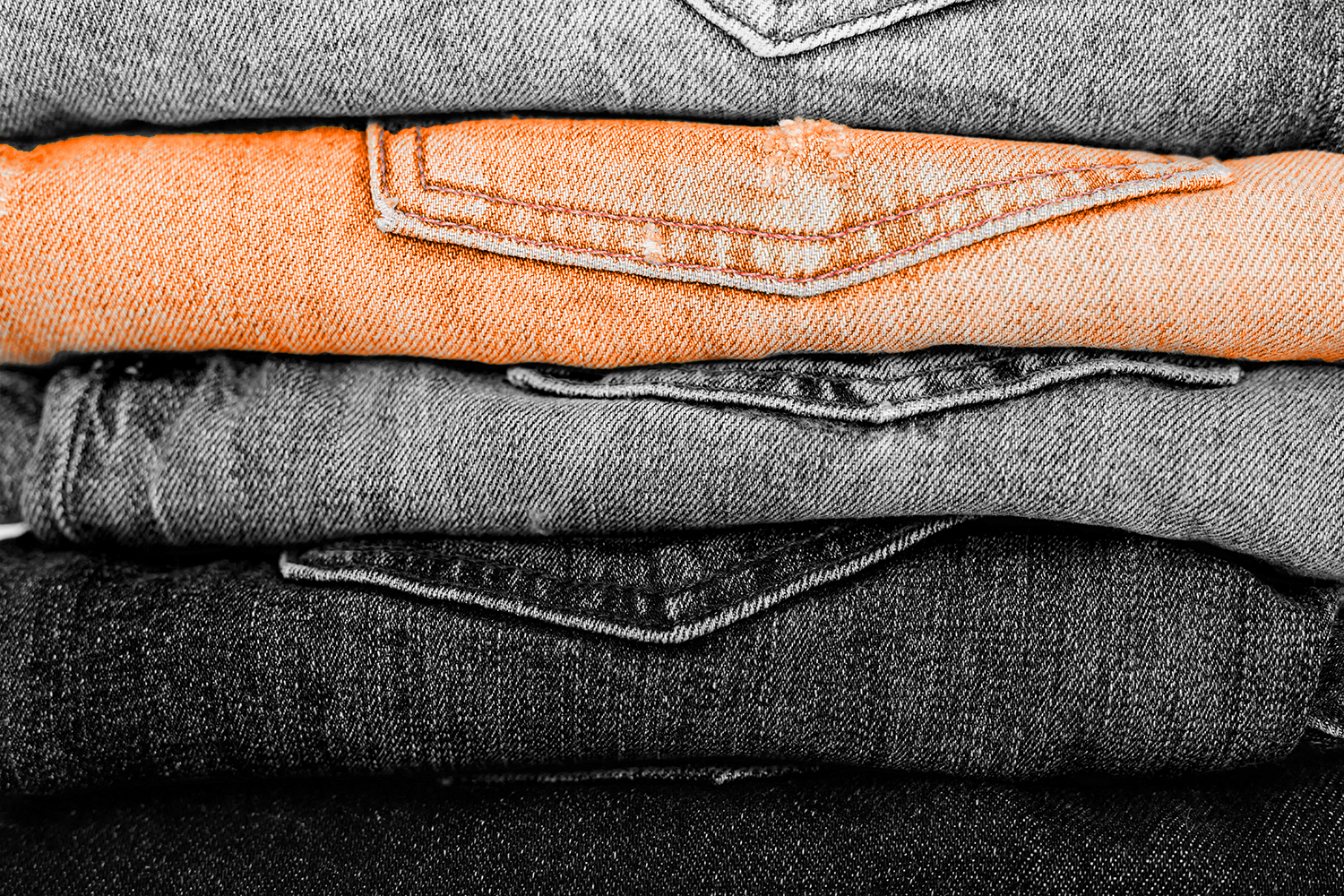
The answer is no. Underpants made in China X underpants made in France with the same quality of production wear out thesame way
What makes the difference for the quality is not the origin of the clothing but how we choose to produce.How we choose sturdy materials, the quality of the seams, the branded zip, etc. The fctory savoir-faire determines the quality of the product
There are very good factories in China that produce excellent quality if you are willing to put the price, and the low end factories that produce low cost items in deplorable conditions are present everywhere in the world, including in France .
https://www.lepoint.fr/societe/aubervilliers-les-esclaves-du-troisieme-age-29-05-2014-1829268_23.php
3. Can we be ETHICS and produce in CHINA
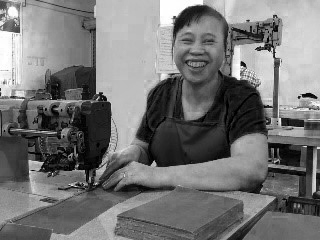
Yes! Because the level of pay in China has significantly improved (The average cost of labor in China is now only half of the average cost in the United States, and it is growing on average 20% per year ) Within a few decades , millions of citizens of the third world have left poverty and have entered the middle class way of life: education, culture, transport , health, environment, political freedoms extended, thanks to globalisation .
We personally visit our factories regularly : we assure you that we are not exploiting anyone and the working conditions are as good as the workshops we visited in France . The photos you see are those taken in our workshop .
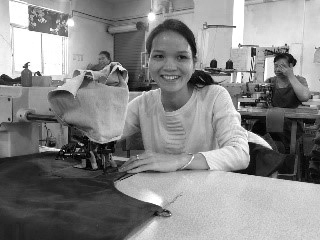
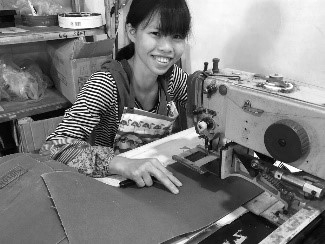
To be hones, China has become too expensive for most textile brands who want to reduce their clothing costs. These now prefer to produce in India, the Philippines or Bangladesh.
In our factory in Guangzhou, the minimum age is 21 years, the working hours are from 8 a.m. to 5:30 p.m.. The minimum wage is 2100RMD. Overtime is paid between 150% and 200% of base salary.
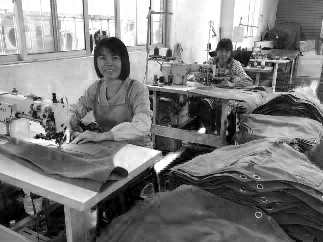
4. Do we support LOCAL employment by made in FRANCE products ?
Yes! By purchasing a candle or an Alaskan MAKER brazier you are supporting two small manufacturing companies in the North of France who thank you. These products are more expensive than if we had chosen a to produce abroad but this remains under control because the know-how is still present in France .
For leather goods and aprons, the issues are different . The know-how has disappeared and the manufacturing costs have become too exorbitant to consider local production. (Bags and aprons would cost on average 70% + expensive if they were made in France of equivalent quality).
So, by buying these products, you are not supporting the local industry but you are supporting a French company of 8 people and hundreds of independent shop owners who resell our products. And that's already not so bad ;)

